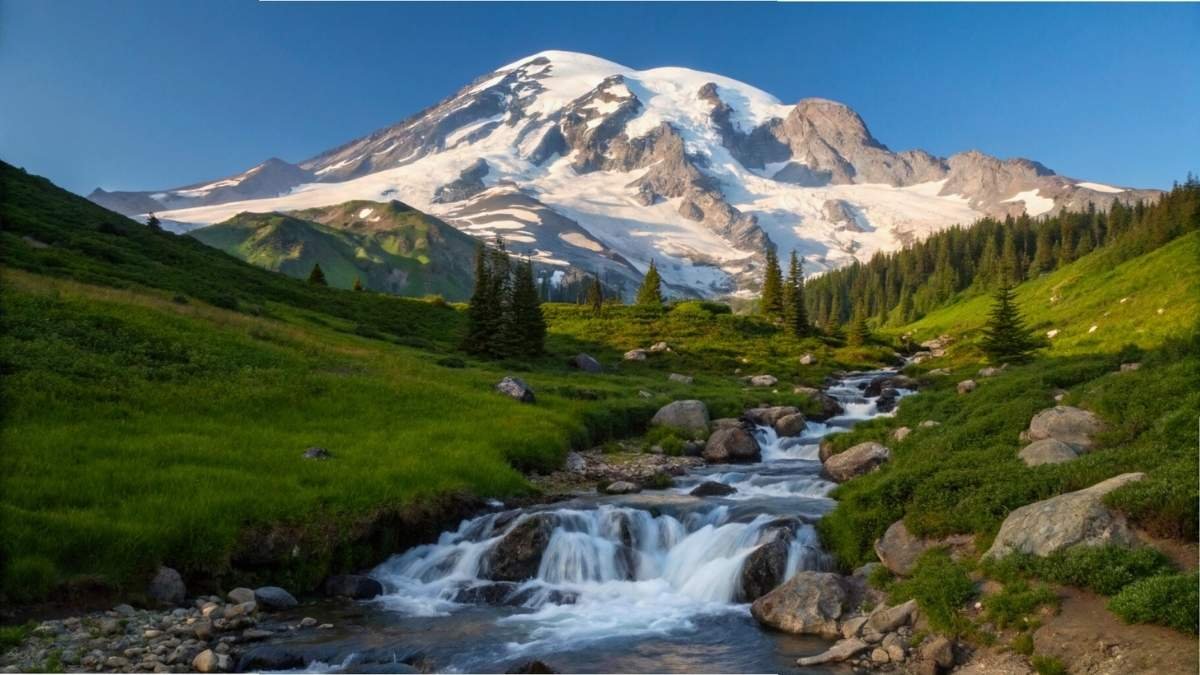
Something timeless about the shimmer of gold—the thrill of finding it where few still look, hidden beneath river rocks and forest shadows.
Long after the rushes ended, quiet pockets across the U.S. still hold whispers of that golden promise. And then in some very lucky places, you’re not merely permitted to search, but you are invited. These national parks also hide a secret that is still waiting for its discovery.
If it be history, adventure, or just a pinch of crystal clear dust, you are going to have a story that day. Let’s uncover the last places where gold isn’t just a legend—it’s real.
1. Wrangell–St. Elias National Park, Alaska

That behemoth of a park (the biggest national park in the U.S.) is not as placid as glaciers towering over mountains, and full of wild caribou, some of the gold mining history in Wrangell-St. Elias dates back to the late 1800s, an era that left quite a legacy. Although much of the area is classified as public land and protects wilderness, gold mining scars the park, especially in and around Nabesna and Chisana.
Chisana was once home to a full-blown gold rush in 1913, and although large-scale operations have long since gone quiet, small-scale recreational gold panning is still permitted in some parts. You won’t strike it rich, but panning in a setting this remote and stunning is an adventure in itself. Think snow-capped peaks, grizzly sightings, and the kind of silence that makes your heartbeat feel loud.
When it comes to less crowded options for gold prospecting than the trails at your average national park, Wrangell-St… Elias is vast–unlike, that is, the explorers who need solitude, who are going to find it here or not. Keep in mind that though it is remote and wild, not for the very faint of heart.
Quick Facts:
- Best Months to Visit: June to early September (snow-free season)
- Permitted Activities: Recreational gold panning (check specific area regulations)
- Accessibility: Remote; best accessed via bush plane or rugged 4×4 trails
- Nearby Towns: McCarthy, Slana
- Pro Tip: Bring bear spray and satellite communication—this is true wilderness
2. Whiskeytown National Recreation Area, California

Gold is sewn to the heart of Whiskeytown, nestled in its DNA in Northern California, with proximity to the Shasta Cascade region. Although named during gold rush days, it was one of the richest areas of the state in the 1850s. Today, even today, recreational gold panning is permitted in some areas (no permit needed as long as you are using non-mechanical type pans and sluices).
One of the best parts about Whiskeytown? You can pan for gold in the same creeks where miners once staked serious claims—Clear Creek and Brandy Creek are particularly popular. All of this unfolds against a backdrop of dense forests, waterfalls, and crystal-clear lakes, making it a picturesque place to try your luck.
This place is not just golden, it has history, hiking, swimming, and camping all in one area. It’s a gold panning utopia in addition to a lo-fi vacation template.
Quick Facts:
- Best Months to Visit: May through October
- Permitted Activities: Recreational panning with pans and hand tools only
- Accessibility: Easy drive from Redding, CA
- Nearby Towns: Redding, Shasta
- Pro Tip: Visit the Visitor Center for free maps showing legal panning areas
3. Klondike Gold Rush National Historical Park, Alaska

Unlike most national parks, this is a gold rush time capsule from the most famous one in North American history. Located in its namesake historic town of Skagway, the park celebrates the Klondike Gold Rush of the 1890s. While most of the actual gold was found in the Yukon Territory, the journey began right here.
Visitors can walk the Chilkoot Trail, which thousands of prospectors once hiked in search of fortune. You won’t be pulling nuggets from the soil, but this park offers one of the most immersive gold rush experiences anywhere. There’s even a gold panning demo site where you can try your hand at it—and yes, you get to keep what you find.
The economics behind this park are fascinating. While the gold boom was short-lived, the rush spurred the growth of entire towns, industries, and shipping routes. What’s left is a living museum that’s as educational as it is scenic.
Quick Facts:
- Best Months to Visit: Late May through early September
- Permitted Activities: Gold panning at demo sites only
- Accessibility: Reachable via cruise ships, ferries, or flights to Skagway
- Nearby Towns: Skagway
- Pro Tip: Don’t miss the Ranger-led tours—they bring the gold rush era to life
4. Death Valley National Park, California/Nevada
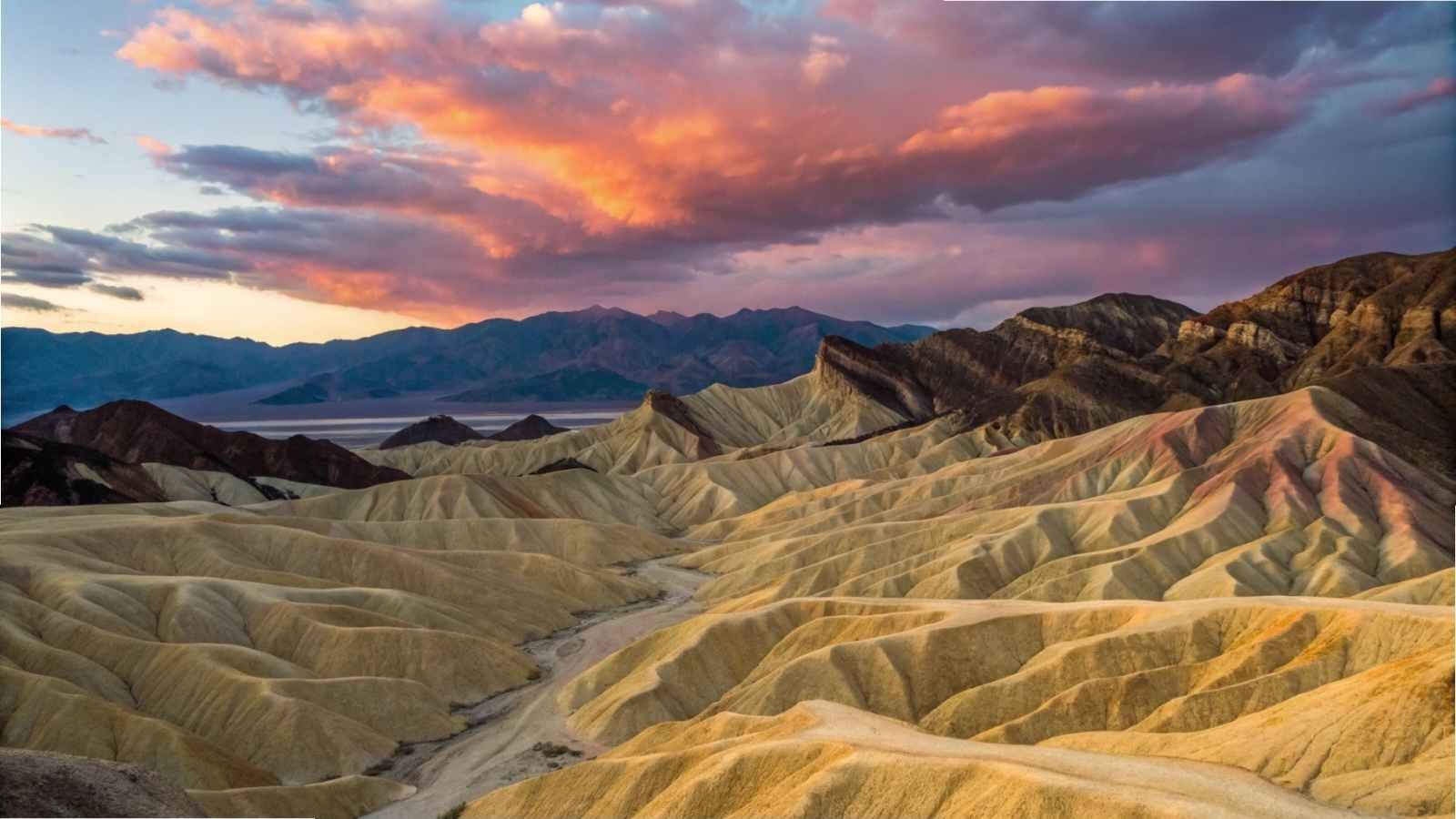
Yes, this desolate and something from the desert planet mineral desert was the epicentre of an active mining boom, including some gold operations. Old mining towns like Keane Wonder Mine and the Rhyolite Ghost Town simply lay in pieces all over the area, providing a physical connection to more distant times.
Today, while commercial mining is no longer permitted within the park, recreational panning and rockhounding are allowed in certain areas with some strict regulations. The surrounding public lands managed by the BLM (Bureau of Land Management) offer even more opportunities for legal gold prospecting just outside park boundaries.
Exploring Death Valley with a gold pan in hand gives you a completely different perspective on this vast, rugged land. And yes, it gets blisteringly hot, but with careful planning, you can enjoy mild weather, eerie beauty, and maybe a little gold dust too.
Quick Facts:
- Best Months to Visit: November to March (cooler weather)
- Permitted Activities: Recreational panning on BLM lands near the park
- Accessibility: Easily accessible from Las Vegas or Los Angeles
- Nearby Towns: Beatty, NV; Furnace Creek, CA
- Pro Tip: Research boundaries carefully—park land and BLM land overlap in tricky ways
5. Lassen Volcanic National Park, California
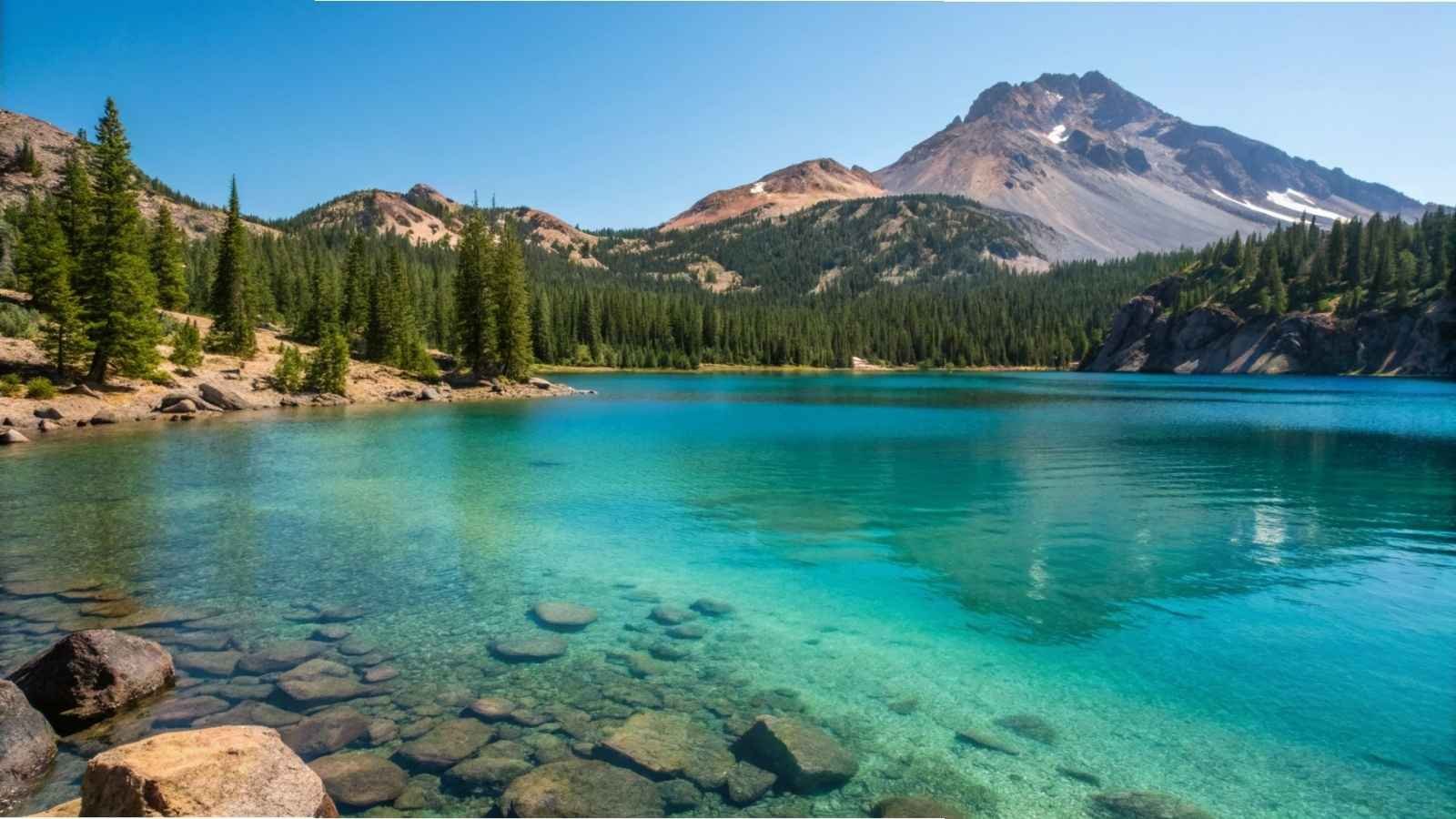
Lassen is most famous for its bubbling mud pots and geysers, but gold quietly played a second fiddle role in the history of this mining district. While gold isn’t exactly spilling out of its volcanic slopes, several streams within and around the park are still open to recreational gold panning, particularly along Hat Creek and Mill Creek.
The surrounding Lassen National Forest is a more popular destination for gold seekers, thanks to relaxed regulations and a rich history of mining activity. You’ll find a mix of casual panners and hobbyist prospectors—many of whom are more than happy to share tips if you’re respectful and curious.
The economic tale here is more subtle. Early mining didn’t transform Lassen the way it did other parts of California, but it did attract settlers, which in turn led to preservation efforts that created the park itself. In a way, gold is part of what helped preserve this unique place for generations to come.
Quick Facts:
- Best Months to Visit: June to October (snow-free season)
- Permitted Activities: Panning in creeks with pans and hand tools; no digging into streambeds
- Accessibility: 3-hour drive from Sacramento
- Nearby Towns: Mineral, Redding, Chester
- Pro Tip: Visit nearby Plumas and Shasta Counties for more productive gold sites
6. Yosemite National Park, California

Yosemite is, of course, known for its granite cliffs, sequoias, and emerald waterfalls, but few learn that gold influenced the making of this national icon. The Sierra foothills were becoming overrun by prospectors during the California Gold Rush. Although the big mining was concentrated outside the park, streams draining into and around Yosemite were picked over by gold seekers.
Today, while panning is not permitted within the national park boundaries, the surrounding Stanislaus and Sierra National Forests offer ample opportunities for legal recreational gold panning. These forests wrap around the park like a rugged, golden halo—ideal for those who want a taste of Yosemite’s grandeur with the thrill of striking gold just outside the lines.
What makes this experience so special is the juxtaposition: you can spend your mornings in Yosemite Valley and your afternoons swirling a pan in a gold-laced stream nearby. It’s a living link between California’s natural beauty and its storied economic past.
Quick Facts:
- Best Months to Visit: April through October (warmer months, accessible trails)
- Permitted Activities: Panning in adjacent national forests only
- Accessibility: Easy access from Fresno or Modesto
- Nearby Towns: Mariposa, Groveland, Sonora
- Pro Tip: Try the Merced River just outside the park, especially along Briceburg and Midpines areas
7. Great Smoky Mountains National Park, Tennessee/North Carolina
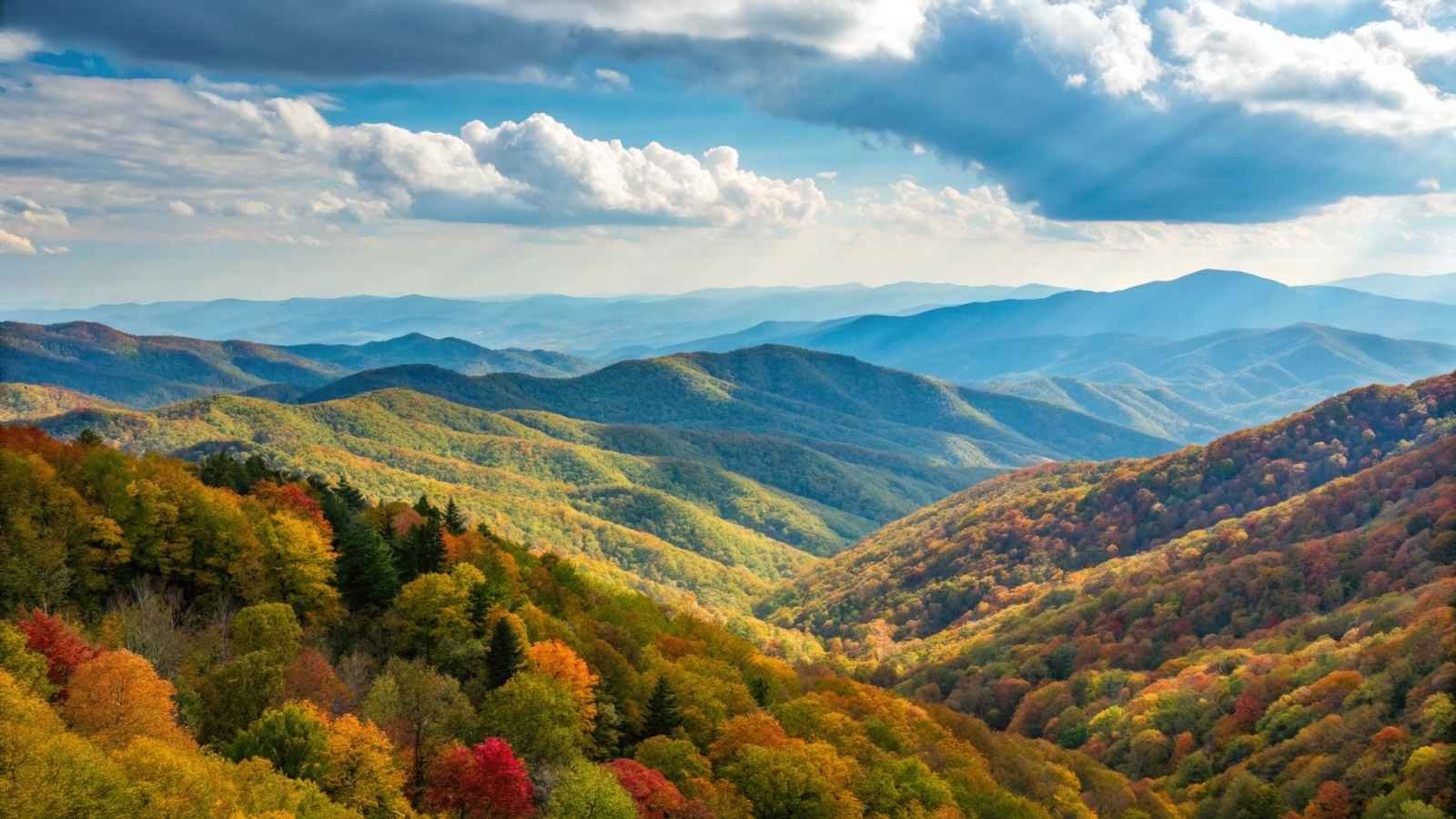
Wasn’t surprised to see this on the list? You are not alone. While the Smokies are famous for rainy mountains and Appalachian quirks, gold has been one of this region’s more quietly held secrets. North Carolina had the first U.S. gold rush, predating California by nearly 50 years, and nearby creeks still hold whispers of that early wealth.
Though the park itself doesn’t allow gold panning, the surrounding Pisgah and Nantahala National Forests do, especially near historic mining areas like Franklin and Coker Creek. Here, the soil is softer, the rivers slower, and the crowds far thinner than out West—a gentler gold-hunting experience with a deep sense of history.
The economic story here is one of legacy rather than riches. Gold never turned this area into a boomtown, but it did leave cultural footprints in the form of trails, tales, and tight-knit mountain communities that still honor their panning roots.
Quick Facts:
- Best Months to Visit: April to November (fall foliage adds extra magic)
- Permitted Activities: Gold panning is allowed in the adjacent national forests
- Accessibility: Quick drive from Knoxville, TN, or Asheville, NC
- Nearby Towns: Townsend, Bryson City, Franklin
- Pro Tip: Head to Coker Creek—you might not strike it rich, but it’s one of the few places where gold and Southern hospitality go hand in hand
8. Mount Rainier National Park, Washington
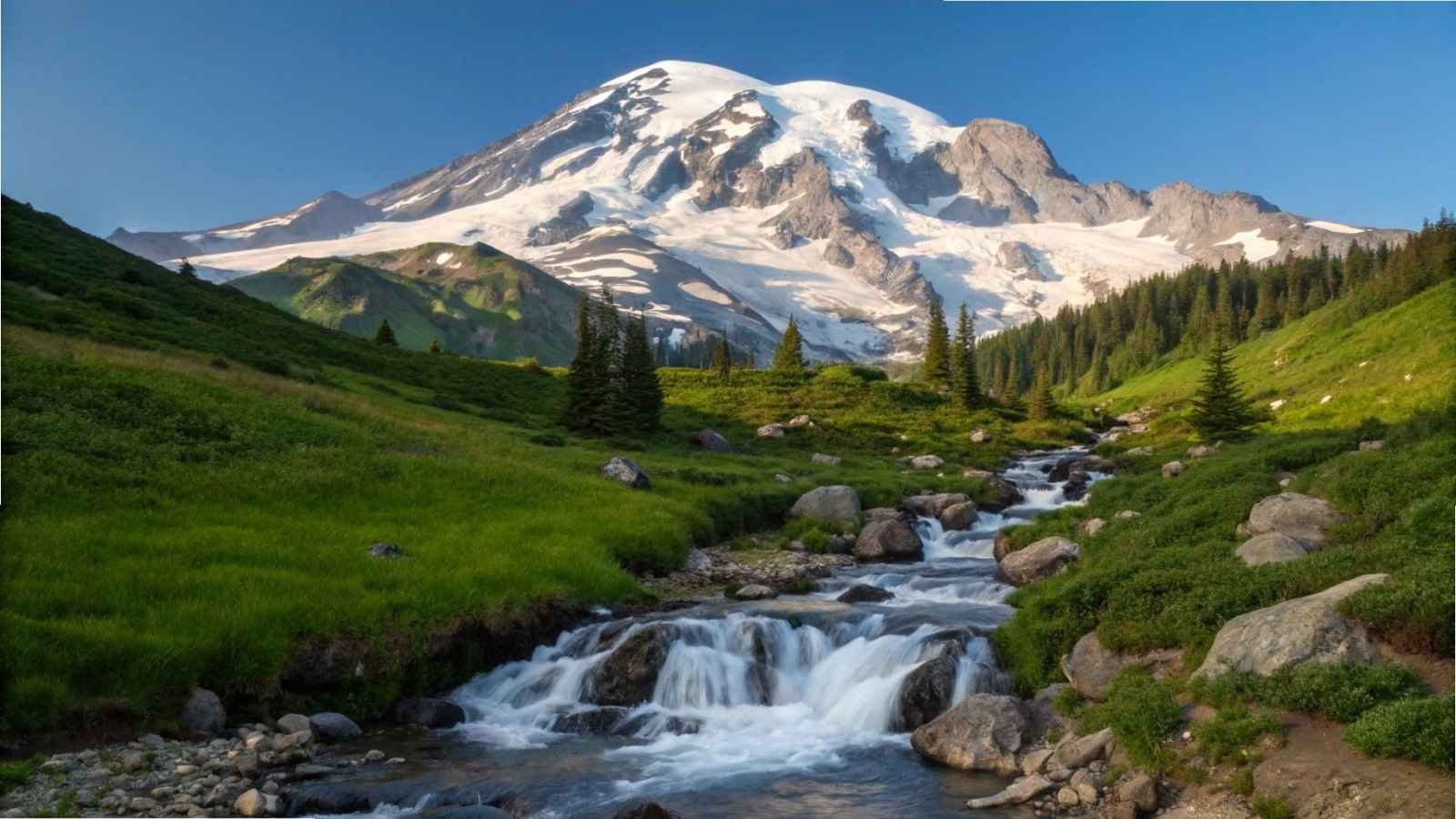
Last but far from least, Mount Rainier brings something extra to the table: an active volcano, subalpine meadows, and yes, its glimmer of gold history. Prospectors once braved the cold waters of the Carbon and White Rivers, hoping to pull treasure from this glacier-fed wilderness.
Gold panning is authorized in certain places of the nearby Gifford Pinchot National Forest, a portion of which coincides with the park. The rivers are cold and clean, and watch this: River backwash—scenery is jaw-dropping. Gold panning, but in the mountains; golden sunbeams peeking from behind snowcapped peaks on long alpine vistas, all you can see behind you is marmots somehow end up chips shining in your pan.
The economics behind it? Let’s just say gold didn’t build Rainier’s legacy—but it certainly helped draw the first wave of settlers and adventurers into this dramatic, high-altitude region.
Quick Facts:
- Best Months to Visit: July to September (peak accessibility, minimal snow)
- Permitted Activities: Panning in designated sites within the Gifford Pinchot NF only
- Accessibility: 2-hour drive from Seattle
- Nearby Towns: Ashford, Enumclaw, Packwood
- Pro Tip: Try Quartz Creek or Copper Creek outside the park for beginner-friendly panning






